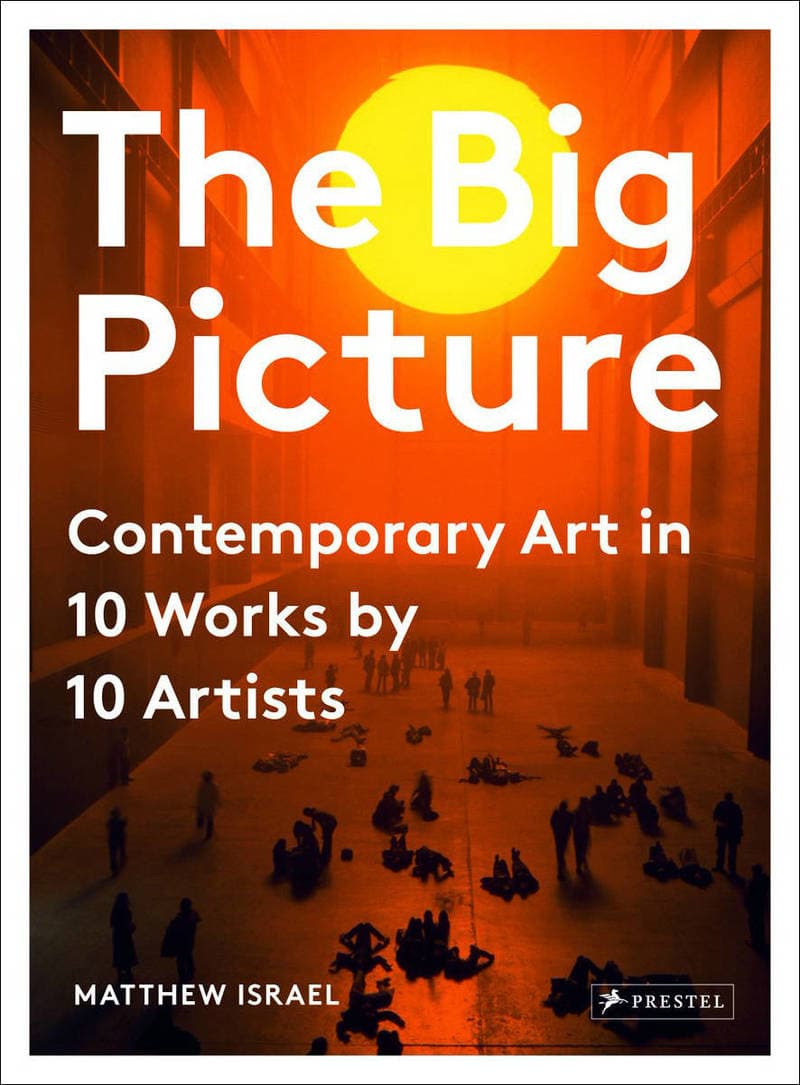Ecologies, Environments, and Energy Systems in Art of the 1960s and 1970s
As the American environmental movement emerged in the 1960s and 1970s, ecological perspectives also emerged in art. But ecological artworks were not limited to conventional understandings of environmental art as something that had to be located outdoors or made of organic materials. Created in a range of media, they reflected a widespread reconceptualization of the material world and a sense of the interconnectedness of all things. In this book, James Nisbet investigates the many levels of intersection between ecology and art in the 1960s and 1970s, examining a series of works that served as sensory interfaces to ecological concepts and reflected the shifting notions of ecology during the period. Nisbet first examines practices of land art that sought to revise the relationship of art to the biological world. He explores the all‑but‑forgotten genre of Environments, founded by Allan Kaprow, which produced both closed environments bounded by the gallery's walls and psychedelic multimedia environments; and he examines the transition between minimalism and land art, considering the “planetary visions” that cast singular objects within holistic ecosystems‑a sensibility that infused such canonical earthworks as Michael Heizer's Double Negative and Robert Smithson's Spiral Jetty. Nisbet then turns to work informed by the language of energy and the ecological notion that all matter is in process, including Robert Barry's radio wave installations and Simone Forti's performances. Finally, he considers Walter De Maria's The Lightning Field, finding in it a reflection of the conflicts within ecological thinking of the 1970s. Offering a radically new view of environmental art, Nisbet traces a cultural turn from an art that addresses artificially confined environments and simplified allegories of the planet to one that increasingly takes on the “unruly complexities” of global ecologies.
Данные книги
1960‑е, 1970-e, Видеоарт, Инсталляция, Лэнд‑арт, Медиа‑арт, Минимализм, Перформанс, США, Скульптура, Фотография, Экология
Ray and Charles Eames, Mesa Mormon, Ансельмо Джованни, Сугимото Хироси, Фербер Гербрет, Де Мария Уолтер, Хатчинсон Питер, Кудо Тэцуми, Хиллиард Джон, Капроу Аллан, Тимоти Френсис Лири, Хейцер Майкл, Кубрик Стэнли, Карсон Рейчел, Смит Дэвид Роланд, Мишо Анри, Brand Stewart, Смитсон Роберт, Newton & Helen Mayer Harrison, Серра Ричард, Моррис Роберт, Байер Герберт, Матта‑Кларк Гордон, Лозано Ли, Хааке Ханс, Лонг Ричард, Оппенхайм Деннис
Лондон
2014
274 страницы
9780262026703
Доступ по запросу
Да
Да
709.042 Nis
1
- Difference/Indifference: Musings on Postmodernism, Marcel Duchamp and John Cage2013
- Всё и ничто: символические фигуры в искусстве второй половины ХХ века2019
- Speaking of Art: Four Decades of Art in Conversation2010
- Six Years: The Dematerialization of the Art Object from 1966 to 19721973
- Making contemporary art: How modern artists think and work2003
- New Tendencies in Art1966
- A Conspiracy of Images: Andy Warhol, Gerhard Richter, and the Art of the Cold War2013
- The Big Picture: Contemporary Art in 10 Works by 10 Artists2017
- The Found Object in Textile Art2010
- Art Unlimited?: Dynamics and Paradoxes of a Globalizing Art World2016
- How Folklore Shaped Modern Art: A Post‑Critical History of Aesthetics2016
- The Last Art College. Nova Scotia College of Art and Design, 1968–19782012












